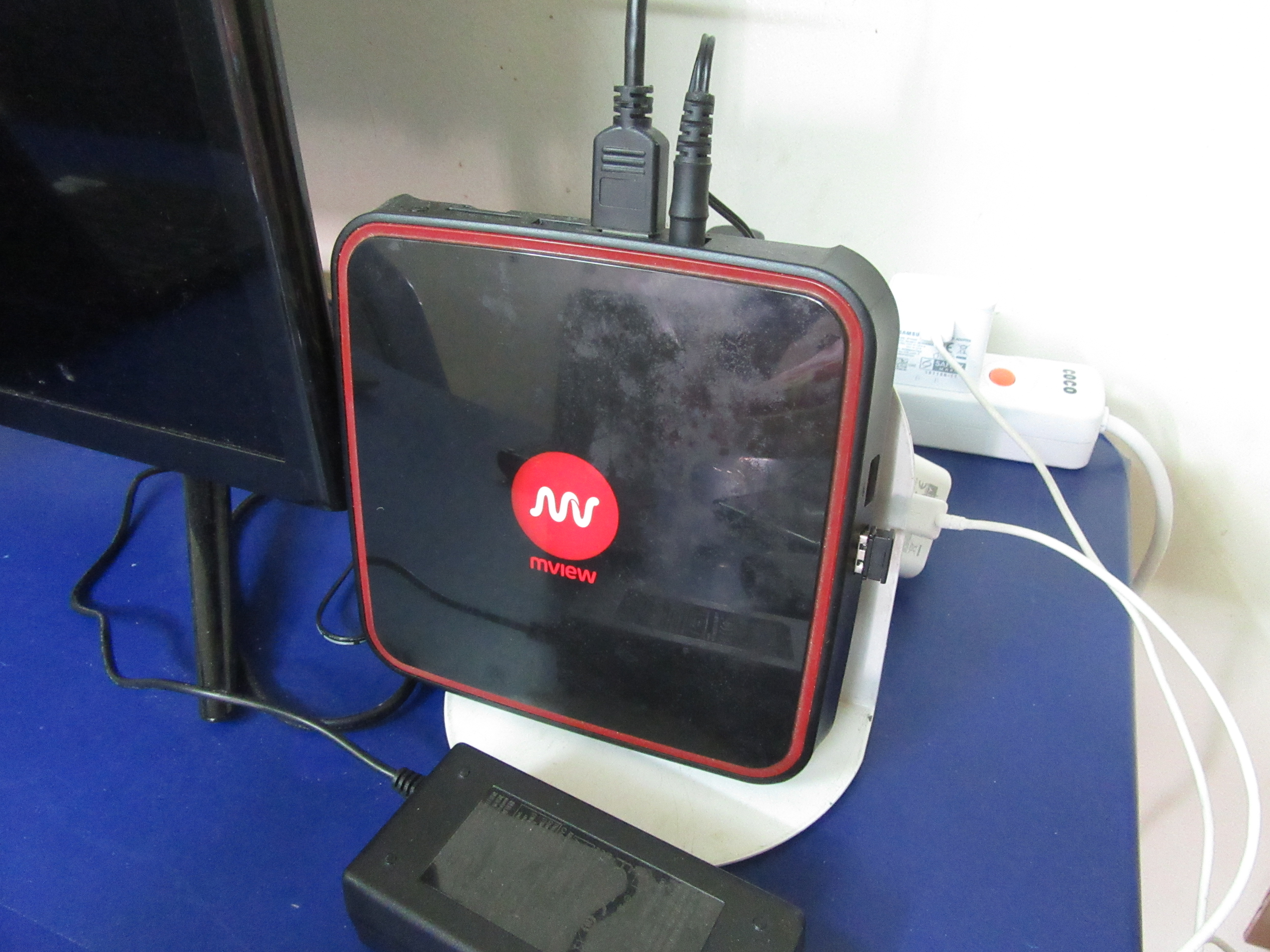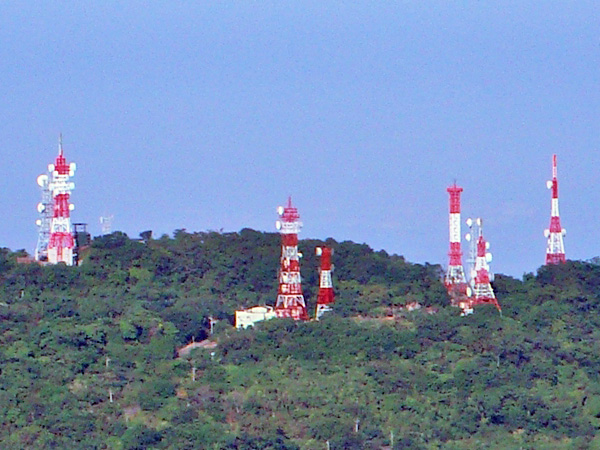|
Dutch Television
Television in the Netherlands was officially Timeline of the introduction of television in countries, introduced in 1951. In the Netherlands, the television market is divided between a number of commercial networks, such as RTL Nederland, and a system of public broadcasters sharing three channels, NPO 1, NPO 2, and NPO 3. Imported programmes (except those for children), as well as news interviews with responses in a foreign language, are almost always shown in their original language, with subtitles. Reception In the Netherlands, television can be watched analog or digital (the latter with the option of HDTV or Ultra-high-definition television, UHD). Over 2018, 89.2% of Dutch viewers received television digitally. Analogue television is only available via some cable operators and some fiber to the home providers, since the Dutch government ended analogue reception via airwaves in 2006. Dutch largest cable company Ziggo began to phase out the analogue signal in 2018. Watching digital ... [...More Info...] [...Related Items...] OR: [Wikipedia] [Google] [Baidu] |
Timeline Of The Introduction Of Television In Countries
This is a list of when the first publicly announced television broadcasts occurred in the mentioned countries. Non-public field tests and closed circuit demonstrations are not included. This list should not be interpreted to mean the whole of a country had television service by the specified date. For example, the United States, Great Britain, Germany, and the former Soviet Union all had operational television stations and a limited number of viewers by 1939. Very few cities in each country had television service. Television broadcasts were not yet available in most places. History 1920s and 1930s 1940s 1950s 1960s 1970s 1980s 1990s 2000s and 2010s See also * History of television * List of years in television * Geographical usage of television * Prewar television stations * Timeline of the introduction of color television in countries * Timeline of the introduction of radio in countries Notes and citations External links {{Telecommunications History o ... [...More Info...] [...Related Items...] OR: [Wikipedia] [Google] [Baidu] |
Delta (company)
DELTA is a cable operator in the Netherlands, providing digital cable television, Internet, and telephone service to both residential and commercial customers in mainly the province of Zeeland. In addition, Delta supplies fiber-to-the-home in large parts of the Netherlands. DELTA began as a merger between Watermaatschappij Zuidwest-Nederland and Provinciale Zeeuwsche Electriciteits-Maatschappij in 1991, providing electricity, gas, heat, and cable television. On 1 March 2017, the cable division was taken over by the Swedish investment fund EQT. EQT also acquired cable company Caiway by the end of 2017. Both companies are within one holding DELTA Fiber Netherlands as of 1 August 2018.DELTA Fiber Nederland, 16 July 201"Juridische wijziging DELTA en CAIW groep"/ref> See also * Digital television in the Netherlands * Internet in the Netherlands * List of cable companies in the Netherlands * Television in the Netherlands Television in the Netherlands was officially introduced in 1 ... [...More Info...] [...Related Items...] OR: [Wikipedia] [Google] [Baidu] |
Must-carry
In cable television, governments apply a must-carry regulation stating that locally licensed television stations must be carried on a cable provider's system. North America Canada Under current CRTC regulations, the lowest tier of service on all Canadian television providers may not be priced higher than $25 per-month, and must include all local Canadian broadcast television channels, local legislative and educational services, and all specialty services that have 9(1)(h) must-carry status. All specialty channels licensed by the CRTC as a mainstream news channel must also be offered by all television providers, although they do not necessarily have to be on the lowest tier of service. In the mid-to-late 1970s, the CRTC implemented a rule that a cable system must carry a broadcast television station at no cost to the broadcaster so long as the transmitter emitted an equivalent isotropically radiated power of at least 5 watts. This CRTC rule may have changed over the years, but ... [...More Info...] [...Related Items...] OR: [Wikipedia] [Google] [Baidu] |
Fiber To The Home
Fiber to the ''x'' (FTTX; also spelled "fibre") or fiber in the loop is a generic term for any broadband network architecture using optical fiber to provide all or part of the local loop used for last mile telecommunications. As fiber optic cables are able to carry much more data than copper cables, especially over long distances, copper telephone networks built in the 20th century are being replaced by fiber. FTTX is a generalization for several configurations of fiber deployment, arranged into two groups: FTTP/FTTH/FTTB (Fiber laid all the way to the premises/home/building) and FTTC/N (fiber laid to the cabinet/node, with copper wires completing the connection). Residential areas already served by balanced pair distribution plant call for a trade-off between cost and capacity. The closer the fiber head, the higher the cost of construction and the higher the channel capacity. In places not served by metallic facilities, little cost is saved by not running fiber to the ho ... [...More Info...] [...Related Items...] OR: [Wikipedia] [Google] [Baidu] |
T-Mobile Netherlands
T-Mobile Netherlands BV is the largest mobile phone company in the Netherlands. It was owned by Deutsche Telekom before being sold to WP/AP Telecom Holdings IV B.V., a joint venture between Warburg Pincus and Apax Partners. It still licences the T-Mobile brand name from Deutsche Telekom. As of August 2020, it has 5.7 million customers. History Deutsche Telekom entered the Dutch market by the acquisition of Ben NL, Ben on 20 September 2002. In 2007, T-Mobile Netherlands, a wholly owned subsidiary of T-Mobile International, acquired Orange S.A., Orange Netherlands from Orange S.A., France Télécom for EUR 1.33 billion. This made it the third largest mobile telephone operator in the country behind KPN and VodafoneZiggo. Prior to its 2019 merger, Tele2 Netherlands used to use T-Mobile's infrastructure for the old 3G and 2G bands, as it only had a licence for the 4G band. On September 7th, 2021, T-Mobile Netherlands was purchased by WP/AP Telecom Holdings IV B.V.; a joint venture ... [...More Info...] [...Related Items...] OR: [Wikipedia] [Google] [Baidu] |
Tele2 Netherlands
Tele2 Netherlands (formerly ''Versatel Telecom International N.V'') is a brand name of telecommunications company T-Mobile Netherlands, operating on the Dutch and Belgian market. It sells fixed telephony, mobile telephony, broadband internet and digital TV products. History Tele2 was founded as a European company in 1993 to offer telecom services to both domestic and business customers. In 1997, Tele2 Netherlands introduced telecoms services to the Dutch market operating as an MVNO and competed with lower prices for mobile services. Tele2 Netherlands was launched in 1997 and was the first Dutch company to provide IP-VPN network services. In July 2005, the Dutch portion of Versatel was sold to Tele2 for 1.1 billion euro. The European commission concluded that both Tele2 and Versatel lacked the marked power to foreclose competition and allowed the sale to close. The German part, Versatel Deutschland (now 1&1 Versatel GmbH), was sold to Apax Partners who merged it with Tropolys, ano ... [...More Info...] [...Related Items...] OR: [Wikipedia] [Google] [Baidu] |
IPTV
Internet Protocol television (IPTV) is the delivery of television content over Internet Protocol (IP) networks. This is in contrast to delivery through traditional terrestrial, satellite, and cable television formats. Unlike downloaded media, IPTV offers the ability to stream the source media continuously. As a result, a client media player can begin playing the content (such as a TV channel) almost immediately. This is known as streaming media. Although IPTV uses the Internet protocol it is not limited to television streamed from the Internet (Internet television). IPTV is widely deployed in subscriber-based telecommunications networks with high-speed access channels into end-user premises via set-top boxes or other customer-premises equipment. IPTV is also used for media delivery around corporate and private networks. IPTV in the telecommunications arena is notable for its ongoing standardisation process (e.g., European Telecommunications Standards Institute). IPTV service ... [...More Info...] [...Related Items...] OR: [Wikipedia] [Google] [Baidu] |
Digitenne
Digitenne is the Dutch digital terrestrial television platform. It is owned by KPN. Digitenne uses the DVB-T2 standard. The national public television channels NPO 1, NPO 2, NPO 3 and the regional public television channels are free-to-air. For all other television channels a subscription is required. History Development Nozema, a Dutch telecommunication company which provided infrastructure and broadcast transmission facilities, began developing DVB-T in the Netherlands in 1993. In September 1996 the company presented the system during the International Broadcasting Convention (IBC) in Amsterdam. From December 1997 test transmissions were made via the Lopik transmitter. In May 2000, a transmitter went on air that broadcast the regional television program of Utrecht digitally (DVB-T). This channel was received by a few small cable companies, which converted the signal to an analog television signal for cable distribution. Digitenne Foundation A foundation was set up under the na ... [...More Info...] [...Related Items...] OR: [Wikipedia] [Google] [Baidu] |
Digital Terrestrial Television
Digital terrestrial television (DTTV or DTT, or DTTB with "broadcasting") is a technology for terrestrial television in which land-based (terrestrial) television stations broadcast television content by radio waves to televisions in consumers' residences in a digital format. DTTV is a major technological advance over the previous analog television, and has largely replaced analog which had been in common use since the middle of the 20th century. Test broadcasts began in 1998 with the changeover to DTTV (aka Analog Switchoff (ASO), or Digital Switchover (DSO)) beginning in 2006 and is now complete in many countries. The advantages of ''digital'' terrestrial television are similar to those obtained by digitising platforms such as cable TV, satellite, and telecommunications: more efficient use of limited radio spectrum bandwidth, provision of more television channels than analog, better quality images, and potentially lower operating costs for broadcasters (after the initial up ... [...More Info...] [...Related Items...] OR: [Wikipedia] [Google] [Baidu] |

